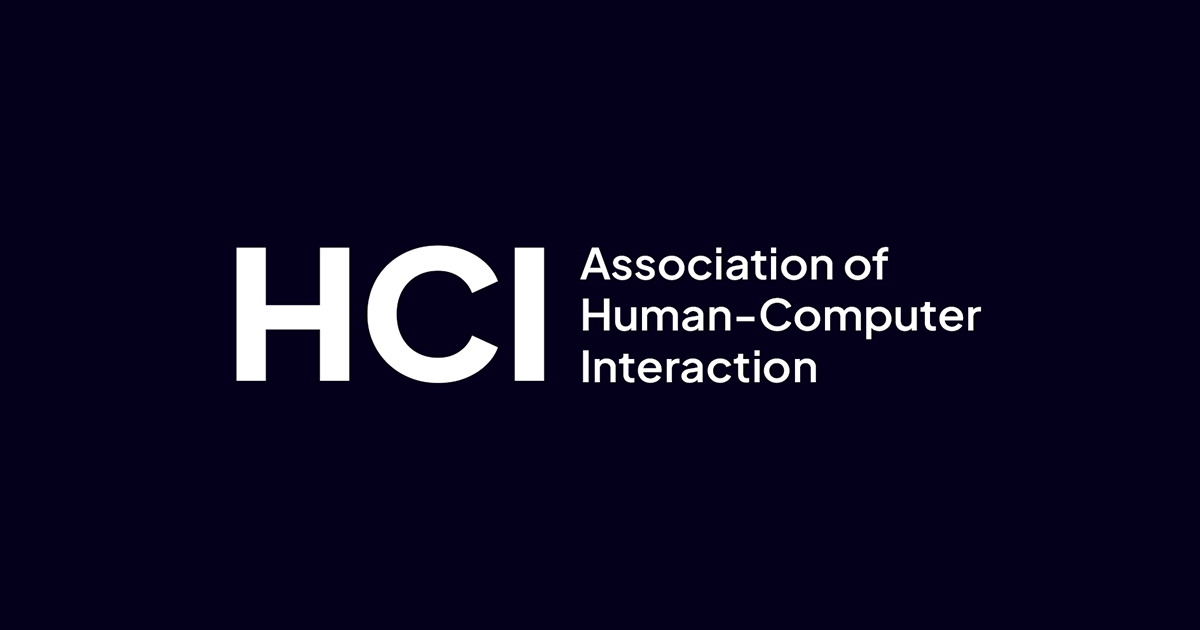Augmented Reality (AR) has transformed the way users interact with digital content by overlaying virtual elements onto the real world. As this technology continues to advance, it profoundly influences user interface (UI) design and opens up new possibilities and challenges. This comprehensive research article explores in-depth the role of AR in UI design, specifically focusing on designing for mixed reality experiences. By providing critical analysis and scientific depth, this article aims to offer experts in the field a comprehensive understanding of the influence of AR on UI design.
Design Considerations in AR User Interface Design
Spatial Mapping and Anchoring: In AR, spatial mapping is crucial for accurately placing virtual objects in the real-world environment. Designers must consider factors such as scale, depth, and perspective to ensure a seamless integration between the digital and physical realms. Achieving precise spatial mapping not only enhances visual coherence but also ensures that virtual objects appear anchored to their intended real-world locations. Furthermore, designers should account for the user’s viewpoint and adjust the spatial mapping in real-time to maintain a consistent and immersive experience.
To achieve accurate spatial mapping, advanced computer vision techniques, such as simultaneous localization and mapping (SLAM), are employed. SLAM allows devices to understand their position and environment, enabling accurate placement of virtual objects in relation to real-world surfaces (Wu et al., 2020).
Interaction Paradigms: AR interfaces offer a range of interaction paradigms, including gesture-based input, voice commands, and object recognition. Designers must carefully select and design interaction methods that align with user expectations and the specific context of the AR experience. For example, gesture-based interactions can enable users to manipulate virtual objects in a more intuitive and natural manner, enhancing the sense of immersion and control (Billinghurst & Duenser, 2012).
To optimize interaction paradigms in AR, designers must consider user preferences and ergonomics. Studies have shown that users often prefer gestural interactions that mimic real-world movements and actions (Piumsomboon et al., 2013). Additionally, designers should ensure that the chosen interaction modalities are accessible and inclusive, considering factors such as physical limitations and cultural diversity.
Opportunities and Challenges in AR UI Design
Enhanced Visualization and Information Display: AR offers unique opportunities for enhanced visualization and contextual information display. By overlaying digital content onto the physical world, designers can provide users with real-time guidance, interactive content, and rich data visualization. For instance, in the field of architecture and design, AR enables clients to experience virtual walkthroughs and visualize proposed structures in their real environment, leading to more informed decision-making and improved user engagement (Dünser et al., 2005).
To leverage the full potential of enhanced visualization, designers must consider factors such as occlusion, transparency, and depth cues. By carefully managing the visibility and blending of virtual and real-world elements, designers can create more realistic and immersive experiences (Billinghurst et al., 2018).
Cognitive Load and User Performance: While AR presents exciting opportunities, it also introduces challenges related to cognitive load and user performance. The integration of virtual content into the real world can overload users’ cognitive resources, resulting in decreased performance and increased mental effort. Designers must carefully balance the amount and complexity of information presented to users, ensuring it aligns with their cognitive capacity.
Research suggests that optimizing the density and timing of AR information presentation can significantly impact user performance and reduce cognitive load (Hart et al., 2015). Techniques such as progressive disclosure, where information is gradually revealed to users based on their needs and context, can help manage cognitive load and enhance the overall user experience.
Conclusion
Augmented Reality has ushered in a new era of UI design, offering immersive and interactive mixed reality experiences. The design considerations, including spatial mapping and interaction paradigms, discussed in this article provide valuable insights for creating seamless and user-centric AR interfaces. The opportunities presented by enhanced visualization and information display hold immense potential for various domains. However, designers must address challenges such as cognitive load to ensure optimal user performance. By critically analyzing these aspects and harnessing the transformative power of AR, experts in the field can shape the future of UI design and create captivating mixed reality experiences.
References:
Billinghurst, M., & Duenser, A. (2012). Augmented reality in the wild. IEEE Computer Graphics and Applications, 32(2), 24-31.
Billinghurst, M., Clark, A., & Lee, G. (2018). A survey of augmented reality. Foundations and Trends in Human-Computer Interaction, 12(1), 1-150.
Dünser, A., Grasset, R., & Billinghurst, M. (2005). Beyond reality: Augmented reality design guidelines. In Proceedings of the 2005 ACM SIGCHI International Conference on Advances in Computer Entertainment Technology (pp. 151-158).
Hart, S. G., Staveland, L. E., & Hancock, P. A. (2015). Training adaptive performance in complex systems: Implications for the cognitive design of augmented reality. Augmented Cognition: Neurocognition and Machine Learning, 9490, 66-77.
Piumsomboon, T., Clark, A., & Billinghurst, M. (2013). A comparison of pointing techniques for selecting small, cluttered regions in augmented reality. In Proceedings of the 2013 International Symposium on Ubiquitous Virtual Reality (pp. 1-6).
Wu, C., Wu, Y., Li, B., & Xie, X. (2020). A survey of SLAM-based augmented reality visual tracking and recognition. Virtual Reality & Intelligent Hardware, 2(3), 214-239.
